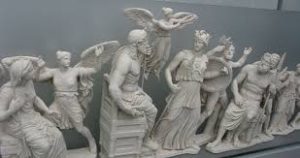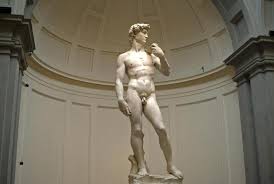The is an aesthetic that comes from ancient Greece, this being Greek sculptures. The sculptures were focused around proportion, poise, and the idealized perfection of the human body. And even today, one can identify them from these distinct characteristics. This is an aesthetic for a certain era as well as a culture. Greek sculptures escaped from artistic conventions that previously influenced many civilizations. And because of this is it easy to see this aesthetic of Greek sculptures.

It can be seen the balance of proportions of the human body that are included in this aesthetic.

With the defined muscles and the sculptures being of prominent greek god, such as Poseidon or Zeus, this can be identified in the Greek Sculpture aesthetic.


2 Comments. Leave new
The aesthetic of Greek sculptures is very famous and integral to the history of art and human culture. This article does a good job introducing what the sculptures focus on. I would have liked to read more about the details as to how the sculptures focus on idealization of the human body.
This is an important and enduring aesthetic to discuss. So while this is definitely an influential and recognizable art form, there is virtually no examination of the origins, prominent artists, or cultural relevance of this style. What were the “conventions” of earlier civilizations that these sculptures supposedly escaped? Why was posture and physique so important? What came just before or just after this style that show the history of the aesthetic? What can we learn about the artistic values of the Greek culture by looking at the art that has survived? The post should be read through from beginning to end to make sure it flows and thoughts are expressed clearly.